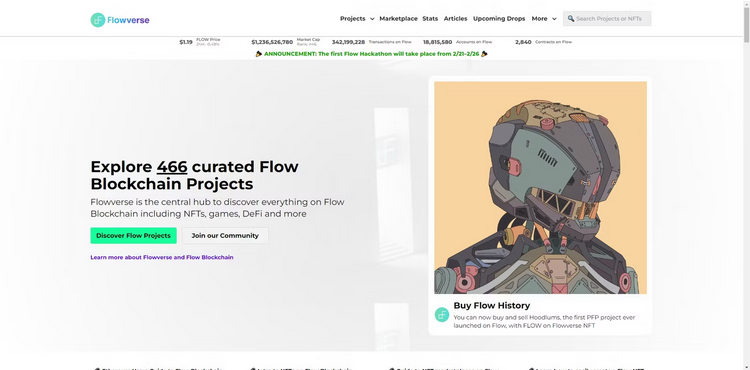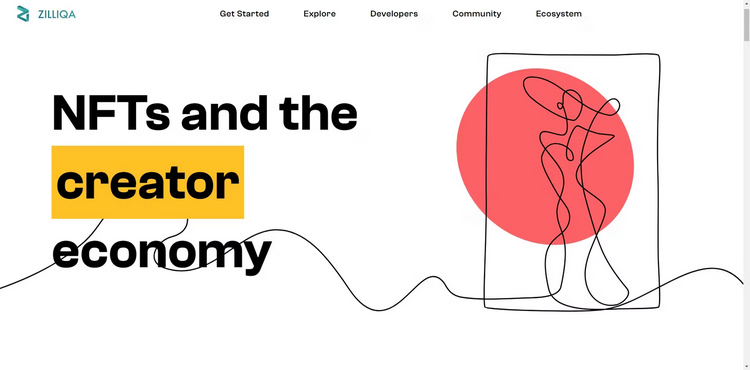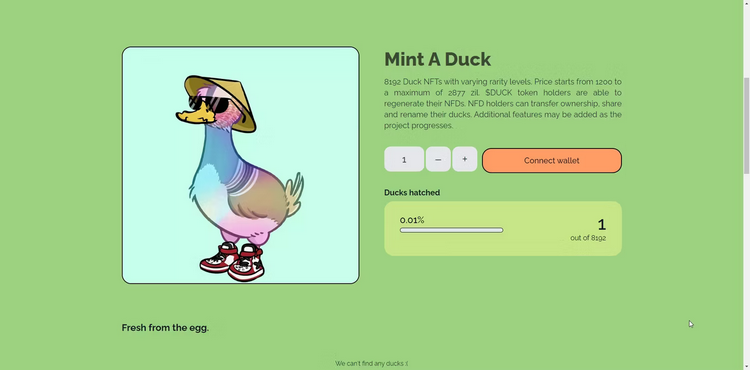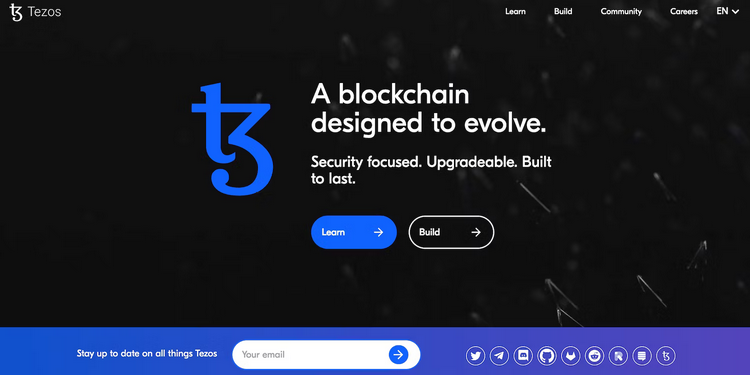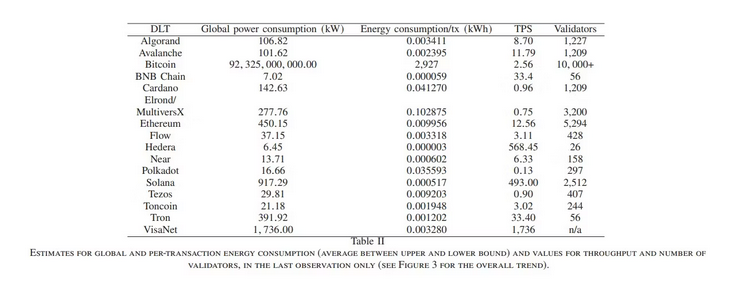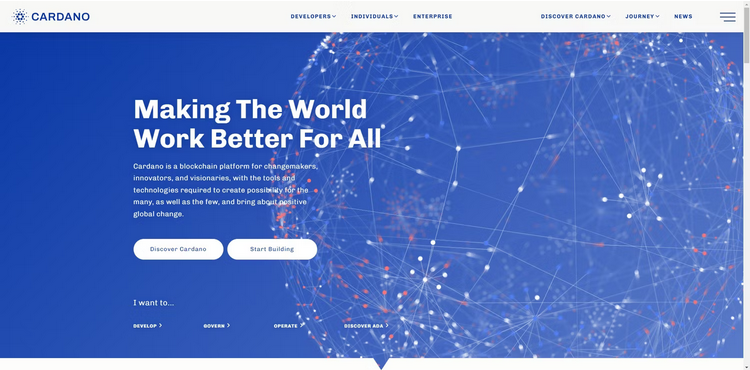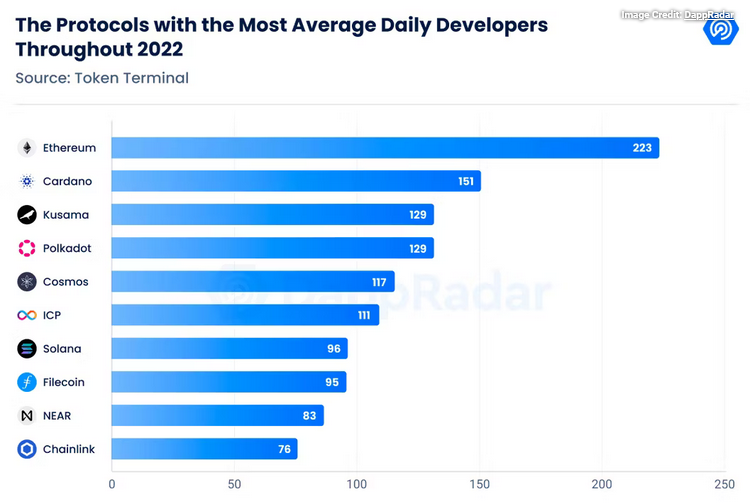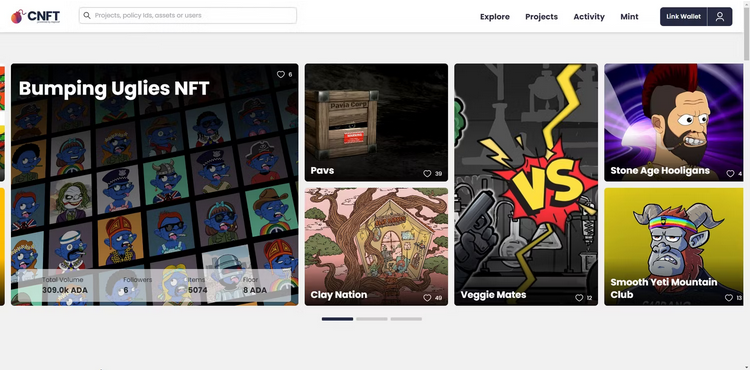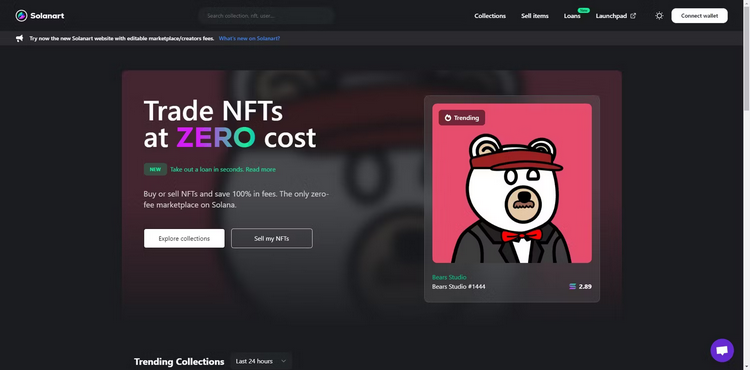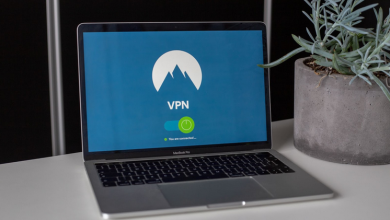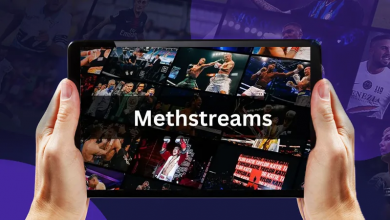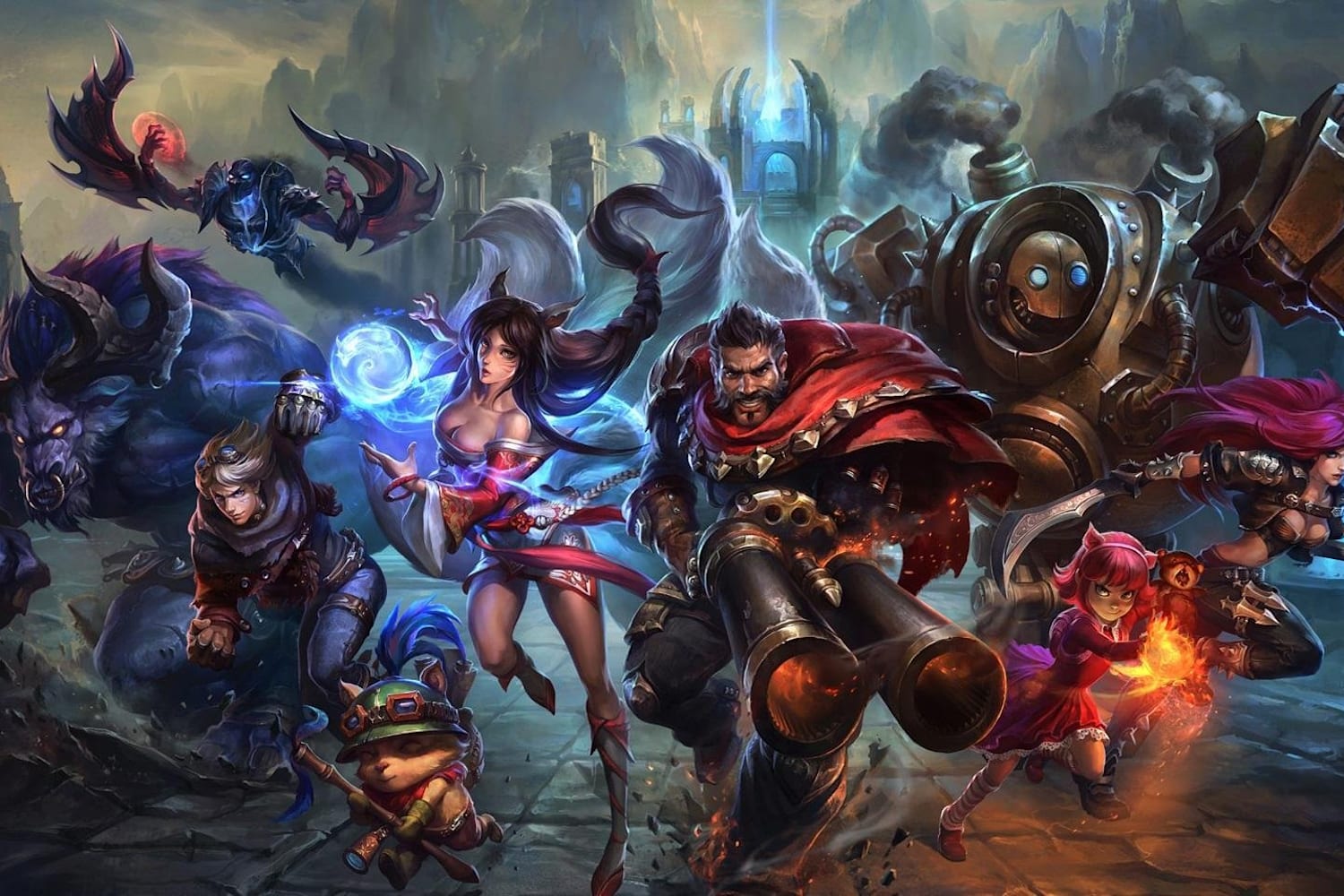5 Top Ethereum Blockchain Alternatives using NFTs
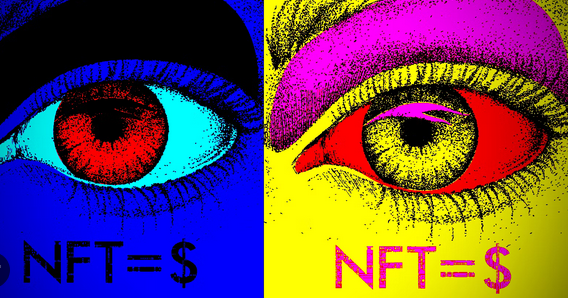
What are nfts? While NFTs have existed since the mid-2010s, their popularity increased in February 2021 after Beeple’s Everyday NFT collage was marketed for a record-breaking 69.3 million dollars.
Since then, NFTs have reached the mainstream, being offered on various markets and supported by various blockchains.
The most popular NFT blockchain is Ethereum. It is, however, not the only NFT blockchain. Some of the most popular blockchains that allow NFTs are listed below see what is an nft.
1. Flow
Flow is a proof-of-stake blockchain created primarily for NFTs and other consumer applications. When CryptoKitties transactions clogged the Ethereum price network in 2017, Dapper Labs, the creators of one of the first NFT-based games, CryptoKitties, and the massively popular NBA Top Shot series, invented Flow.
The unique multi-node design of Flow addresses scalability difficulties while ensuring low-cost, fast transactions. The FLOW token is utilized for commerce, staking, and voting in governance. Furthermore, the Flow blockchain node architecture aids in streamlining transactions and data processing, enhancing stability:
- Collection nodes manage and accumulate “well-formed transactions” before processing, hashing, and delivering them to Consensus nodes. In this sense, “well-formed” means that the transaction has credentials from the guarantor, effectively signing it to say it is valid. To maintain their Flow network status, collection nodes must stake at least 250,000 FLOW.
- Consensus nodes are accountable for maintaining the blockchain and guaranteeing consensus between all nodes, comparable to other blockchain consensus models. Therefore, consensus nodes must stake at most nominal 500,000 FLOW to keep their status in the Flow network.
- Execution nodes are the most resource-intensive type of node on the Flow network, as they compute and execute transactions. Before transmitting the results to the Verification nodes, an execution node calculates the output for the blocks sent by the Consensus nodes. The Execution nodes “are especially responsible for Flow’s modifications in scale and efficiency” and enable the Flow network to be highly scalable without using blockchain sharding. To keep their Flow network status, execution nodes must stake at least 1,250,000 FLOW.
- Verification nodes confirm the Execution nodes’ processing and calculation activity and ensure the overall validity of transactions and the Flow network. Validation nodes must stake at least 135,000 FLOW to maintain their Flow network status.
Because of Flow’s purpose-built design for consumer applications, high-profile corporations have partnered with the Flow network to sell their digital assets. Among these companies are the UFC and the NBA, with CNN even jumping on board to offer notable moments from its network.
2. Zilliqa
It debuted in 2017 and is the world’s first public sharding-based blockchain. Zilliqa is built for enhanced scalability, which implies that network growth does not affect transaction speed. Early blockchains like Bitcoin and Ethereum were known for their poor transaction speeds. Zilliqa is usually advertised as a blockchain capable of handling significantly more significant transactions. Zilliqa’s price has remained low for years, making it hard to imagine Zilliqa surpassing Ethereum.
Members of the Zilliqa community who own gZIL governance tokens can also influence the blockchain’s direction by submitting and voting on ideas.
Besides enabling NFTs, Zilliqa has several projects in the NFT area, including a collaboration with NFT music venue Token||Traxx and the first NFT task to launch on Zilliqa, Zil Ducks.
Most notably, Zilliqa actively invests in the creative economy with its $10 million creative Fund, which encourages NFT and Metaverse innovation. Furthermore, in early 2022, Zilliqa unveiled its Metapolis metaverse, which will serve as a platform for integrating Zilliqa NFTs, DeFi, and other technologies into a Web3 area.
3. Tezos
It is a proof-of-stake blockchain that debuted in 2018. Tezos encourages user involvement and collaboration to achieve continuous innovation and long-term upgradeability.
Tezos touts its advantages over Ethereum, most notably its environmental friendliness since it requires two million times less energy than Ethereum and less than one XTZ to generate an NFT.
Before the Ethereum 2.0 Merge, one of Tezos’ most notable achievements and significant advancements over Ethereum was its power consumption. However, with the Ethereum 2.0 Merge, Ethereum’s power consumption has fallen significantly. According to the University College London’s Center for Blockchain Technologies, a single Ethereum transaction consumes only 0.009956 kWh, which is currently equivalent to Tezos’ 0.009203 kWh per transaction.
While It is one of the lesser-known NFT blockchains, it is making a name for itself in the NFT market through partnerships with music NFT platform OneOf, NFT platform Rarible, and world-leading gaming company Ubisoft, which has launched its first NFT project on Tezos.
4. Cardano
It is a proof-of-stake blockchain that is open source. Cardano has a strong team behind it, led by the co-founder of Ethereum, and focuses on regulatory compliance and scalability.
DappRadar, a renowned NFT and DApp monitoring organization, reported that Cardano had become the third-largest NFT platform by the end of 2022; such statistics fluctuate depending on which NFT projects are favored. However, more than just the number of users is essential. A separate DappRadar analysis discovered that Cardano has the second-highest number of average daily developers (second only to Ethereum). While this isn’t all NFT work, it demonstrates Cardano’s immense popularity.
Cardano’s NFT functionality, ability to scale, and cheap transaction costs make it an appealing alternative for NFT users. As a result, several significant NFT marketplaces have been built on the Cardano blockchain, including Verlux and CNFT.
5. Solana
Solana coin is a proof-of-stake blockchain that promises to be the world’s quickest. One of the most appealing aspects of Solana crypto is its ability to scale, which ensures that it will always be quick while ensuring that no transaction on the network will ever exceed $ 0.01, making it one of the top cryptocurrencies with nearly no transaction fees.
Solana’s goal of becoming the blockchain of choice for crypto apps has increased its popularity in the NFT industry. As a result, Solana routinely sees the debut of new NFT initiatives and partnerships with well-known firms such as Opera Browser. Furthermore, Solana has a thriving NFT economy, with websites such as Solanart, SolSea, and Magic Eden offering outlets for purchasing Solana-based NFTs.
Solana’s only drawback is its all-too-frequent network outages, which can last days and lock Solana users out of the network, their accounts, and their NFTs. So, while Solana may provide extraordinarily rapid and cheap transactions, they are only effective if the web can be accessed.
What’s the Best NFT Blockchain?
It can take a lot of work to choose one of the several blockchains that enable NFTs. Fortunately, there are numerous blockchains with various appealing characteristics to select from.
Whether you wish to engage with an ecologically friendly blockchain or have minimal transaction fees, several blockchains now enable NFTs.
